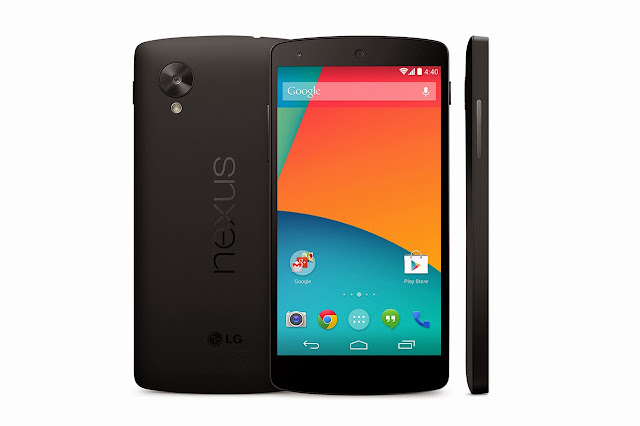Nexus 5: Released with Android KitKat (KeyLimePie)
Android KitKat rumoured as KeyLimePie has been officially released by Google along with Nexus 5.
The good news is, KitKat 4.4 will be able to rock on older and low end devices with ram as low as 512MB.
This is the cool and innovative step taken by Google because every time a new OS is released, it's specs are relatively high as compared to previous versions.
Support for IR Blasters was also added to 4.4, bringing a new API and system service. These will allow app developers to better make use of IR Blasters on supported devices, without the need for device-specific coding.
Finally, Bluetooth saw a nice overhaul with support for HID over GATT (HOGP), which gives applications a low-latency link to select hardware, and MAP, which lets apps exchange messages with nearby devices.source XDA
The good news is, KitKat 4.4 will be able to rock on older and low end devices with ram as low as 512MB.
This is the cool and innovative step taken by Google because every time a new OS is released, it's specs are relatively high as compared to previous versions.
New Features in Android KitKat:
Run Time Compilers:
There is now a menu allowing you to choose between Dalvik and ART within Developer options. Switching from Dalvik to ART switches from the libdvm.so library to libart.so. And rather than the ODEX files read by the Dalvik VM, ART appears to use OAT files. Accordingly, Android 4.4 source also includes a dex2oat program to convert ODEX files into OAT files compatible with ART.Better & Faster Multitasking:
Android 4.4 is slated to improve multitasking performance by optimizing memory management and improving touch screen responsiveness. This, along with efforts to reduce the memory footprint of core apps, should mean that the system will make better use of available computational resources. source XDABuilt-In Printing Support:
Aftermarket printing solutions have been able to leverage Google Cloud Print for some time now. However, now printing is built right into the operating system, without the need for any additional apps.source XDAImproved Rendering Performance:
Thanks to changes to the rendering engine, applications that use RenderScript will benefit from the tuning in 4.4. Chief among these changes, Android’s SurfaceFlinger was updated from OpenGL ES 1.0 to OpenGL ES 2.0. This brings added performance through the use of multi-texturing, as well as improved visuals with color calibration and more advanced effects.source XDANew Sensor Modes and Improved Connectivity:
Finally, connectivity options and sensor support were bolstered in KitKat. Hardware Sensor Batching is a new optimization that should dramatically reduce power consumption during ongoing sensor activities. This is ideal for low-power and long-running sensor use-cases such as geo-fitness apps and more. Support for step detection and step counter sensors was also added, though this is hardware dependant.Support for IR Blasters was also added to 4.4, bringing a new API and system service. These will allow app developers to better make use of IR Blasters on supported devices, without the need for device-specific coding.
Finally, Bluetooth saw a nice overhaul with support for HID over GATT (HOGP), which gives applications a low-latency link to select hardware, and MAP, which lets apps exchange messages with nearby devices.source XDA




Comments
Post a Comment